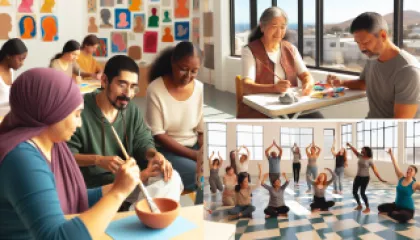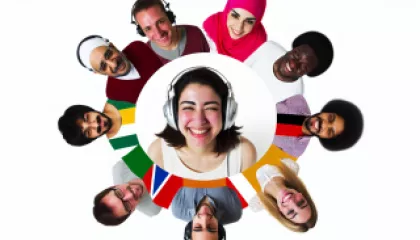Discovering the symphony within chaos - that's a philosophy I've embraced in both my personal and professional life. My name is Жантай Torres, and over the past five years, I've dedicated myself to understanding the intricate melodies of the human mind, particularly when it comes to the psychology of eating and managing exam stress. These areas, often overlooked, hold keys to unlocking our fullest potential.
My approach is rooted in the belief that every individual's story is unique, yet universally connected through shared experiences and challenges. In a world where silence often dominates the most critical conversations, I strive to be an exception. My commitment is not just to listen but to hear you. This distinction might seem subtle, but it's where transformation begins. Active listening is more than a skill for me; it's a way of being. It's about being present with you, in every moment, fully engaged and attentive to not just the words you speak, but the silences in between.
Patience is another cornerstone of my practice. The journey to understanding oneself, to unraveling the knots that life ties in our psyche, is not a race. It's a pilgrimage - one that requires patience, persistence, and a gentle hand. This is the environment I aim to provide. Whether we're navigating the complex relationship you have with food or the anxiety that exams evoke, my goal is to offer a space where time feels irrelevant, and your voice, paramount.
The path to self-discovery and healing is not linear. It zigs and zags, it ascends and descends. But amidst this unpredictability, one thing remains constant - my dedication to walking alongside you, at your pace, towards a horizon of understanding and acceptance.
If these words resonate with you, I invite you to reach out. Together, let's explore the depths of your story, find the rhythm in the chaos, and craft a melody that's uniquely yours.






